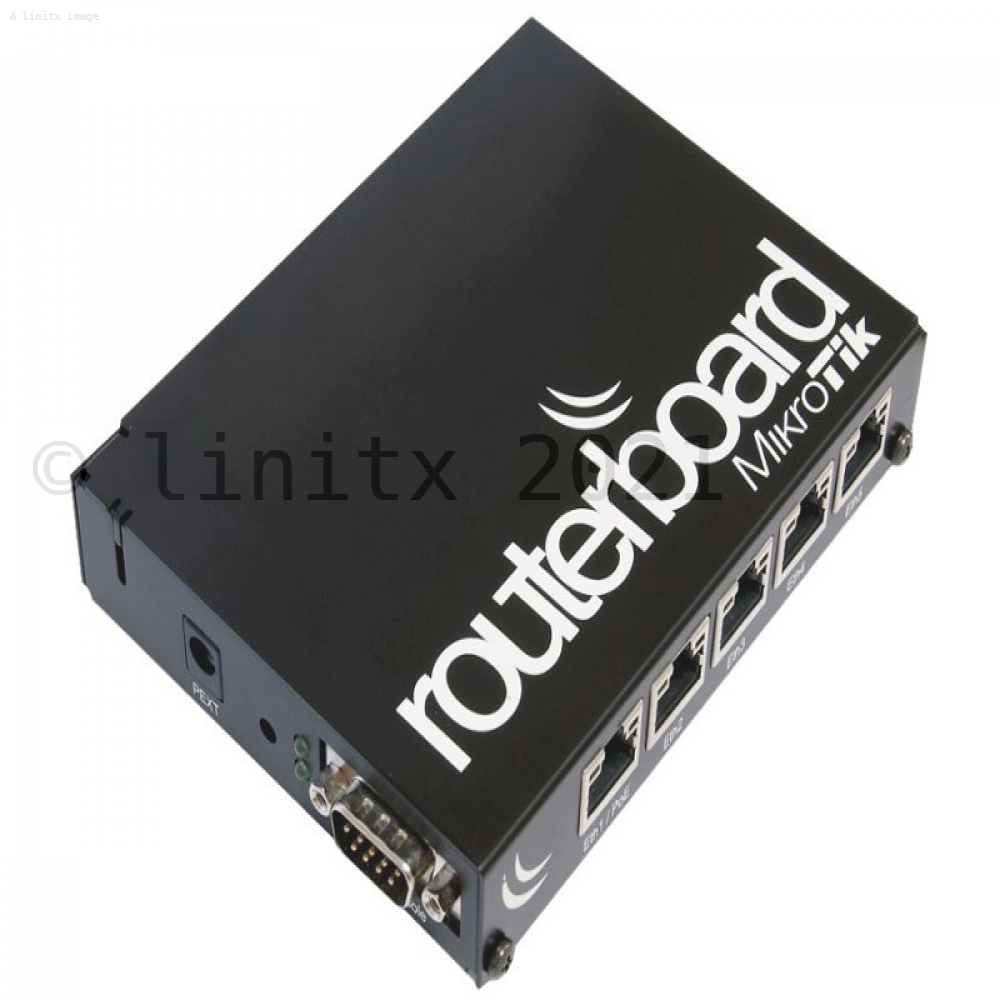
Even things such as the ads that accompany so many websites these days all add up to make our web browsing experience more sluggish, less enjoyable, more dangerous, and ultimately,… more expensive. The biggest Con is that we now can reach ALL listed domains on the Internet… whether they are good or bad domains and whether they have been requested by us or background services. The obvious pro, is as long as we are using a good DNS server, we always know how to reach everything on the Internet. Step 3: Now that the host has a usable IP address, it directs it attention directly to that address. In very simplistic terms, DNS servers talk with other DNS servers and keep each other updated. Step 2: The DNS (Domain Name System) is a server that is responsible for resolving the domain names to usable IP addresses and it responds to the host’s DNS query with the appropriate IP address. Initially, that device does not actually know how to get there, so its does a DNS look-up by querying whatever DNS server its been set to use. Step 1: The host devices wants to reach some domain such as.


So here is a quick run-down on how DNS affects the end user: There are other alternatives as well, such as FlashStart. OpenDNS is intended to be more of a firewall and is free for home use, but has commercial support available. Pi-hole is a free resource that is intended to block ads. Not only does DNS filtering help protect users from accessing dangerous or unwanted domains, but it can significantly reduce the amount of unwanted traffic on your network. DNS filtering is an important part of a well planned firewall.


 0 kommentar(er)
0 kommentar(er)
